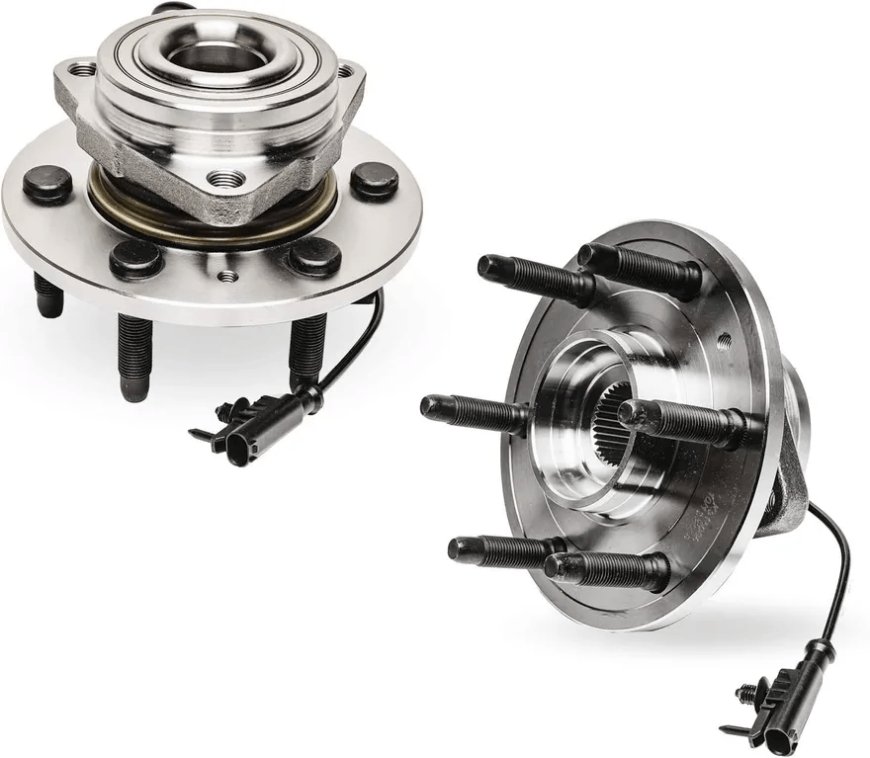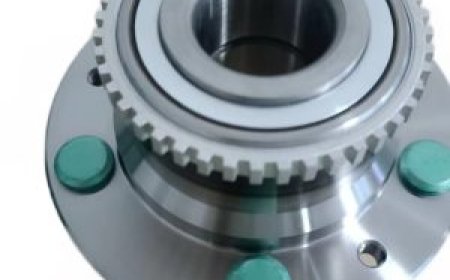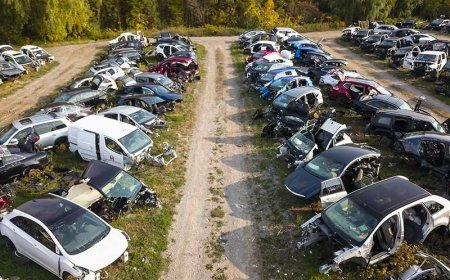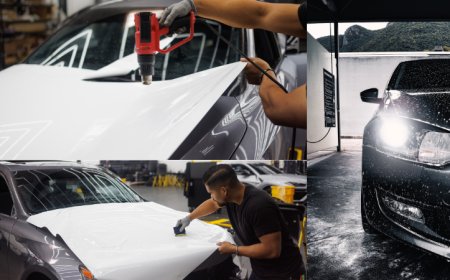Hub Bearing: Why It’s Important and When to Replace It
Discover what a hub bearing is, why it matters for safe driving, and how to spot signs of wear. A must-read for car owners and mechanics.

If your car makes strange noises or feels shaky while driving, the issue might be your hub bearing. Its a small part, but it plays a major role in your vehicles stability, wheel alignment, and smooth movement. Understanding what it does and when to replace it can save you from bigger mechanical problems later on.
What Is a Hub Bearing?
A hub bearing is a key part of the wheel assembly. It allows the wheel to spin freely with minimal friction. It also supports the vehicle's weight and keeps the wheel connected to the axle. Modern hub bearings are usually sealed units that combine the bearing and hub into one assembly, which makes installation easier and performance more reliable.
How Does It Work?
The hub bearing fits between the drive axle and the wheel. It lets the wheel rotate smoothly while handling the pressure from driving, braking, and turning. In vehicles with anti-lock braking systems (ABS), the hub assembly also holds the ABS sensor that helps monitor wheel speed.
Common Symptoms of a Worn Hub Bearing
Hub bearings wear out over time due to constant use and exposure to dirt, water, and heat. Here are some warning signs:
-
Humming, rumbling, or grinding noises near the wheels
-
Uneven tire wear
-
Loose or shaky steering
-
ABS warning light coming on
-
Vehicle pulling to one side
If you notice any of these, it might be time to check your hub bearing before it leads to more expensive repairs.
Why Timely Replacement Is Important
A worn-out hub bearing doesnt just make noiseit can affect your cars safety and handling. It might cause the wheel to loosen or even detach while driving. Replacing it at the right time protects your suspension, brake system, and tires.
Causes of Hub Bearing Failure
Several things can lead to bearing failure:
-
Driving through water or mud that damages the seal
-
Hitting potholes or curbs
-
Improper installation
-
Low-quality parts
-
Age and mileage
By avoiding rough driving and using reliable components, you can extend the lifespan of your hub bearings.
How to Choose the Right Hub Bearing
When replacing a hub bearing, always choose the right fit for your cars make and model. OEM-quality or trusted aftermarket brands are recommended. Make sure the replacement includes proper seals and, if needed, the ABS sensor ring.
Maintenance Tips
While hub bearings are sealed and dont need regular lubrication, you can still extend their life by:
-
Keeping tires balanced and aligned
-
Rotating tires regularly
-
Avoiding overloading your vehicle
-
Replacing worn suspension components
These simple steps reduce stress on the bearings and keep your wheels turning smoothly.
Conclusion:
The hub bearing is a small but crucial part of your cars safety and comfort. Ignoring signs of wear can lead to bigger issues and higher costs. By understanding how it works and staying alert to early warning signs, youll ensure better handling, reduced tire wear, and peace of mind while driving. Replacing it on time keeps your wheels rolling right and your vehicle safe.
















![Top 9 Real Estate Mobile App Developers in Riyadh, Saudi Arabia [2025 Edition]](https://www.biphoo.uk/uploads/images/202507/image_430x256_6879d0d524335.jpg)




















